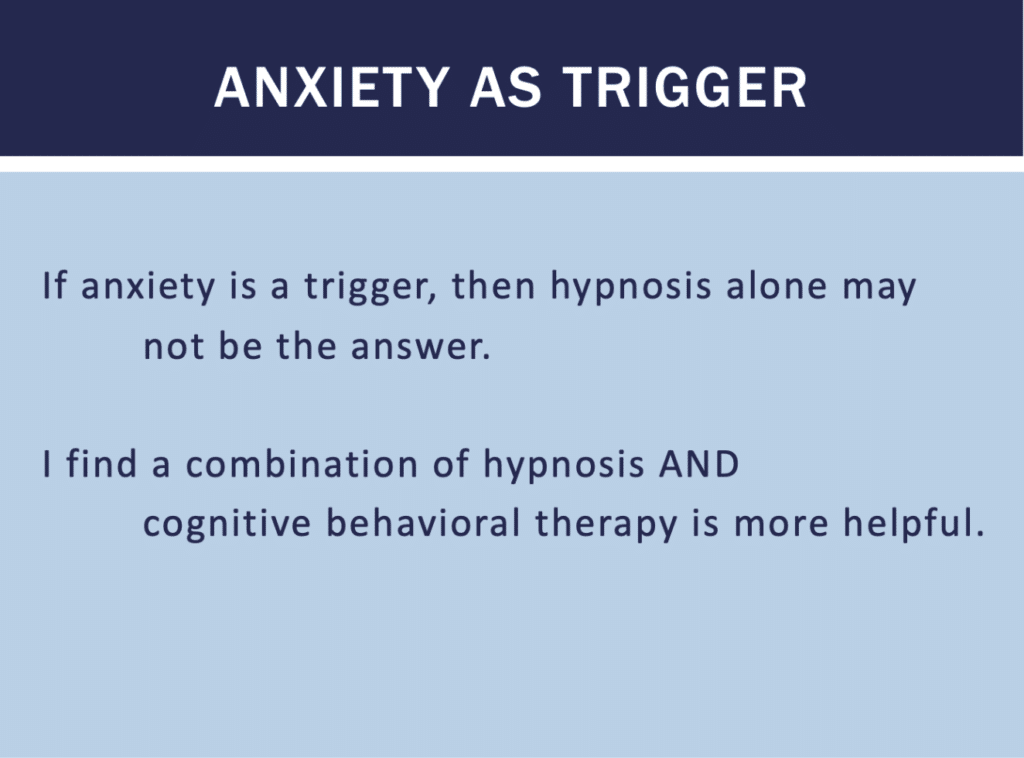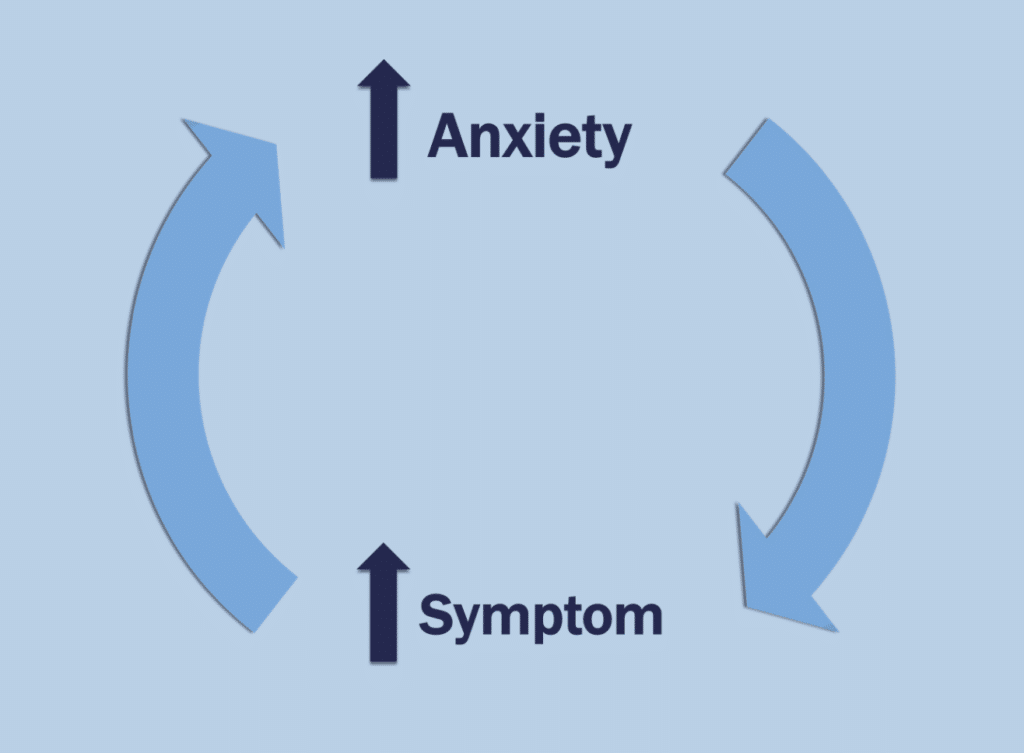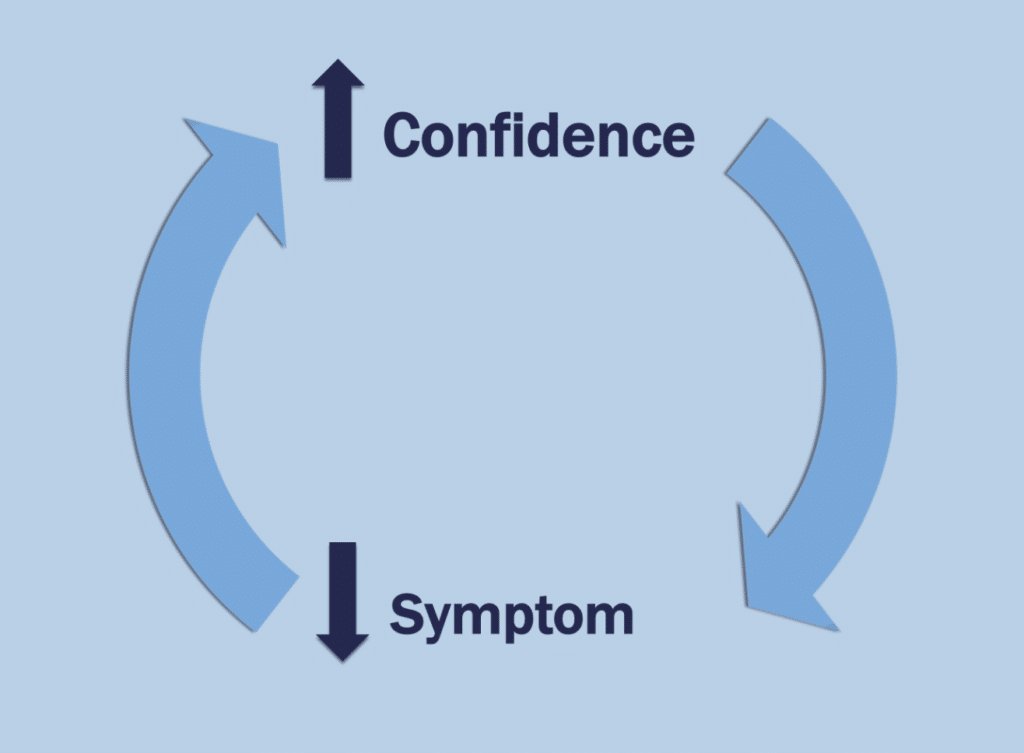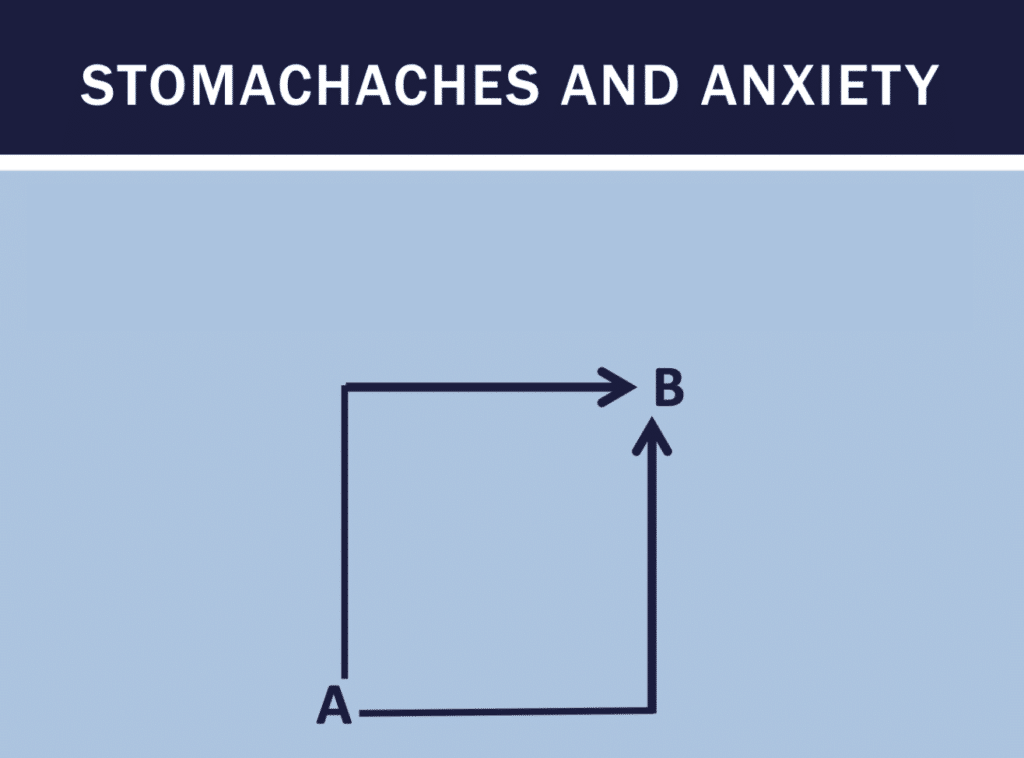Before getting into specifics, some definitions are in order.
Traditionally, gastrointestinal, or GI, problems, have been divided into 2 main groups:
With functional disorders, the symptoms are all real but the test results are either normal, or the symptoms are way out of proportion to the objective findings, either on physical exam, blood tests, and other tests, including upper endoscopy and/or colonoscopy.
The two most common IBDs are:
To make things even more confusing, patients with organic disease may also have a functional component. For example, patients with ulcerative colitis or Crohn’s disease may be in remission, and still have functional symptoms.
When you think about it, ALL PAIN IS REAL! And ALL SYMPTOMS ARE REAL! Patients are not faking their pain, or nausea, and certainly not their vomiting, constipation, or diarrhea!
There is a strong mind-body connection. Everything we experience is biological, organic, psychological, behavioral, emotional, and social. So, when we experience something physically, it certainly affects us emotionally, and vice versa.
We all have experienced being physically unwell, and have noticed how it affects our thoughts and our behaviors, at times.
And, when we are upset, it can cause physical symptoms, including heart racing, trouble breathing, and “butterflies in our stomachs.”
With FGIDs, or DBGI, those butterflies are taken to the next level!
When I see patients, I incorporate both of these therapeutic modalities, because virtually all patients of all ages with DBGIs (FGIDs) also have anxiety.
I find hypnotherapy to be most helpful for symptom control. And, although it can also help patients with anxiety, CBT has been shown to be the best treatment for patients with anxiety.
Think about that for a moment…
I can understand how these treatments can help individuals with DGBIs. But to think that they can help patients with organic diseases is absolutely astounding! To think that the power of the mind can actually alter, and improve, the course of an organic disease by harnessing the power of our minds is incredible!

Patients may worry, “What if I have an episode of diarrhea during my math test, or on the soccer field, or performing at my recital, or giving a presentation?”
This may then trigger their symptom, and when the symptom gets worse, their anxiety increases, and it becomes a vicious circle:

So we need to treat both the symptom and the anxiety.,


Then I ask the patient, “Which problem is getting in your way the most? The symptom or the worrying?”
If it’s the worrying, then we work on that first. If it’s the symptom, then we work on that first.
It’s as if we are going from Point A to Point B. Do you want to go one block north and then one block east? Or one block east and then one block north. Either way, we will get you there!


